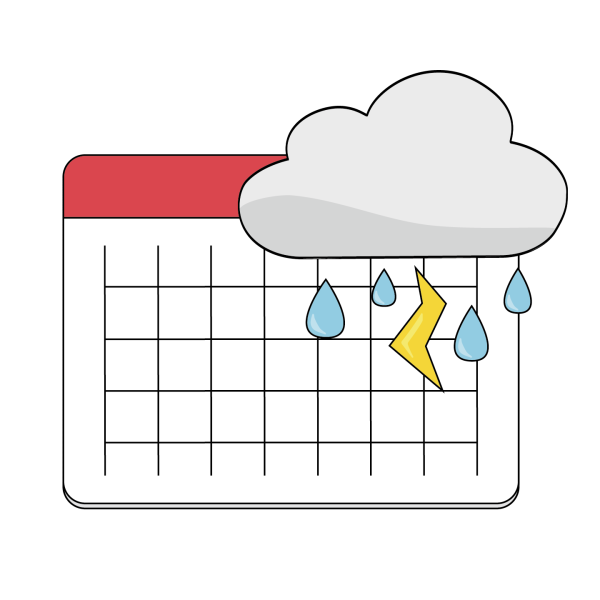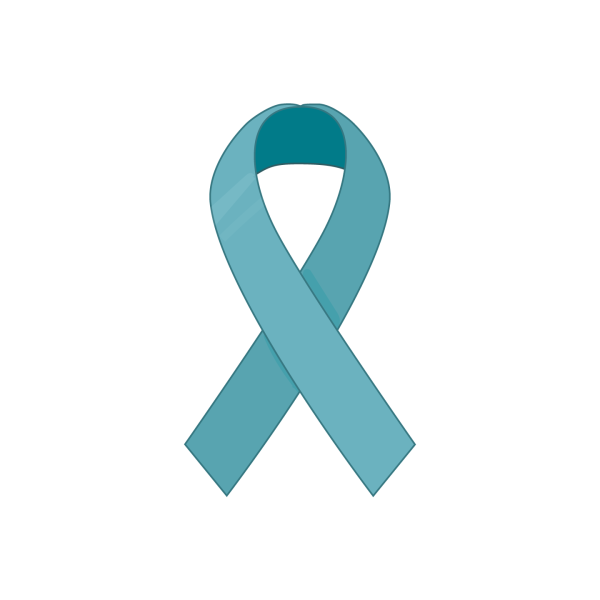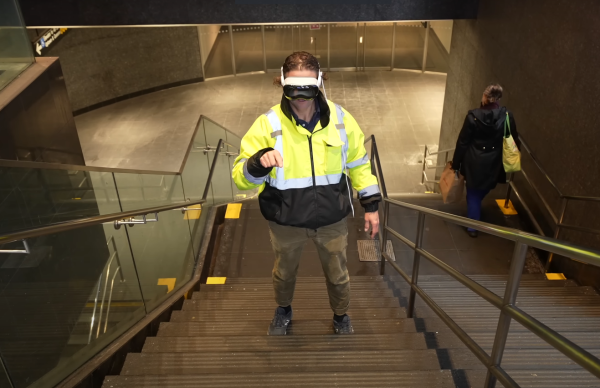Has the Media Created More Barriers than We Know?
Social Media and technology have created a barrier between people beyond the world of sparks and wires–we’ve become bystanders.
Many find themselves stuck in a constant state of limbo, in which people feel as if they are in an endless pursuit of their wants and happiness, yet are never satisfied–just drained. We find ourselves in a constant contemplation of when we will be comfortable, when will it all be done and we are finally able to slap our hands together and feel like we truly did it. Why are we never satisfied?
As I scroll through Instagram, all I see is happiness, people who look accomplished. On top of that, influencers flaunt their success and attractiveness, which screams “this is how life should be”– full of perfect moments. As I scroll and watch, a lingering sense of guilt shrouds my mind and body, as if I’m failing at something, even if I’m not. I have come to believe we all share this feeling, this shadow of guilt that follows us throughout our days. This is because the media and technology have distanced us from reality. We have become lost, and it is becoming more apparent as time progresses.
As a society, we are currently facing a mental health crisis that we have never seen before. According to the CDC, between 2007 and 2018, the “national suicide rate among persons aged 10–24 increased 57.4%.” During this time, the suicide rate in Missouri has increased 71.3 percent. These statistics are sickening. It makes me wonder, how can we live in a time where we are experiencing children as young as 10 years old taking their lives? What happened?
As a generation raised on the cusp of the widespread use of technology and social media, we have become disconnected from those around us as we plug ourselves into the virtual reality of others. As TikTok increased in popularity , it bombarded its users with constant information about how their everyday lives should look. It is common to see “A Day in the Life” videos in which people romanticize their daily steps in a 30-second clip. While certain lifestyles are more appealing, they aren’t realistic–they’re the goal. The goal is to have a healthy lifestyle, but that looks different for everyone. What works best for you is different from those around you, and many times, constantly trying to achieve something that doesn’t work for you is unhealthy. This can make it easy to forget our imperfections as we attempt to strive for the impossible. The simple truth is that as human beings, we are extremely flawed in so many ways, and everything about that is okay.
The pandemic made us more reliant on our cell phones to connect with others. Coming to terms with the nature of the pandemic was shocking in itself, but watching the internet blow up because of it was captivating. Since we were all at home, it was like watching and living in a movie of chaos at the same time. This chaos eventually seeped into our own lives, as witnessing constant negativity or toxic positivity can lead to poor mental health outcomes, especially during isolation. According to the World Health Organization “global prevalence of anxiety and depression increased by a massive 25%” within the first year of the pandemic. While many of us used this time to focus on self-care, learning about ourselves, relaxing or simply existing–we can not ignore the damage the media had caused. Although the media has always been damaging, I believe that it is of utmost importance now to acknowledge those damages.
Users have become reliant on social media to stay connected with friends and family and to stay up to date on news as platforms such as Instagram, Snapchat and Facebook . While these platforms provide great ways to stay connected and informed, they unintentionally shape the way their users view themselves with positive reinforcement mechanisms such as likes and comments. We remain blinded by what goes on behind the screen and the mental health effects that take place when engaged in long term use of social media. Using a device as a way to communicate has pushed us away from natural face to face communication. Many individuals, myself included, suffer from social anxiety, who find it easier to communicate behind a screen than in real time. While this may be a benefit to technology, it has become more apparent that people don’t know how to talk to each other, or, rather, people have higher expectations based on what the media has created. We see this in ways not only limited to communication but body image as well.
Social media has benefited society in numerous ways, but we have unwittingly let it destroy us slowly. Communication, the seeming foundation of our nature, is slowly being disregarded. While the invention of social media has allowed people to accomplish tasks that older generations may have considered impossible, some argue that the invention of social media has led to the destruction of mental health. Others may argue that social media positively impacts mental health since it can spread awareness on paramount issues within communities and the rest of the world, it helps people maintain relationships as it provides a way of constant communication and it can spread a positive message on body image.
However, social media has become a toxic platform in many ways. It creates a pernicious effect on how we see our bodies by spreading unhealthy ideals of how a person should look. In the past, social media only functioned as a place where anyone in the world could communicate with others. Today, competition over likes and followers along with disinformation overpower social media’s original function: communication. At this point, I’m unsure if this is something that can be reversed, but we’ve become immensely reliant on being online and knowing things in an instant. There will always be positives and negatives regarding controversial topics such as these, but I’m hopeful that through conversation people will grow more intrinsically aware of how social media creates barriers in our lives.
Your donation will support the student journalists of Saint Louis University. Your contribution will help us cover our annual website hosting costs.










